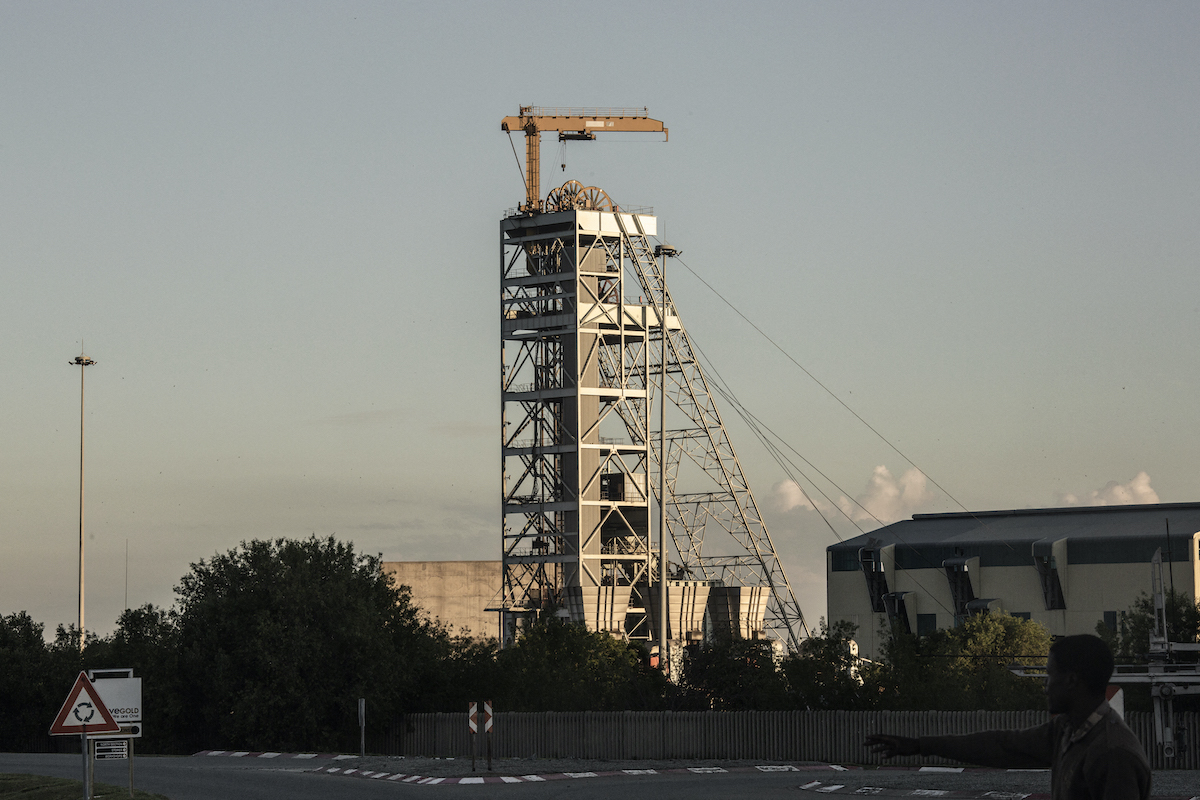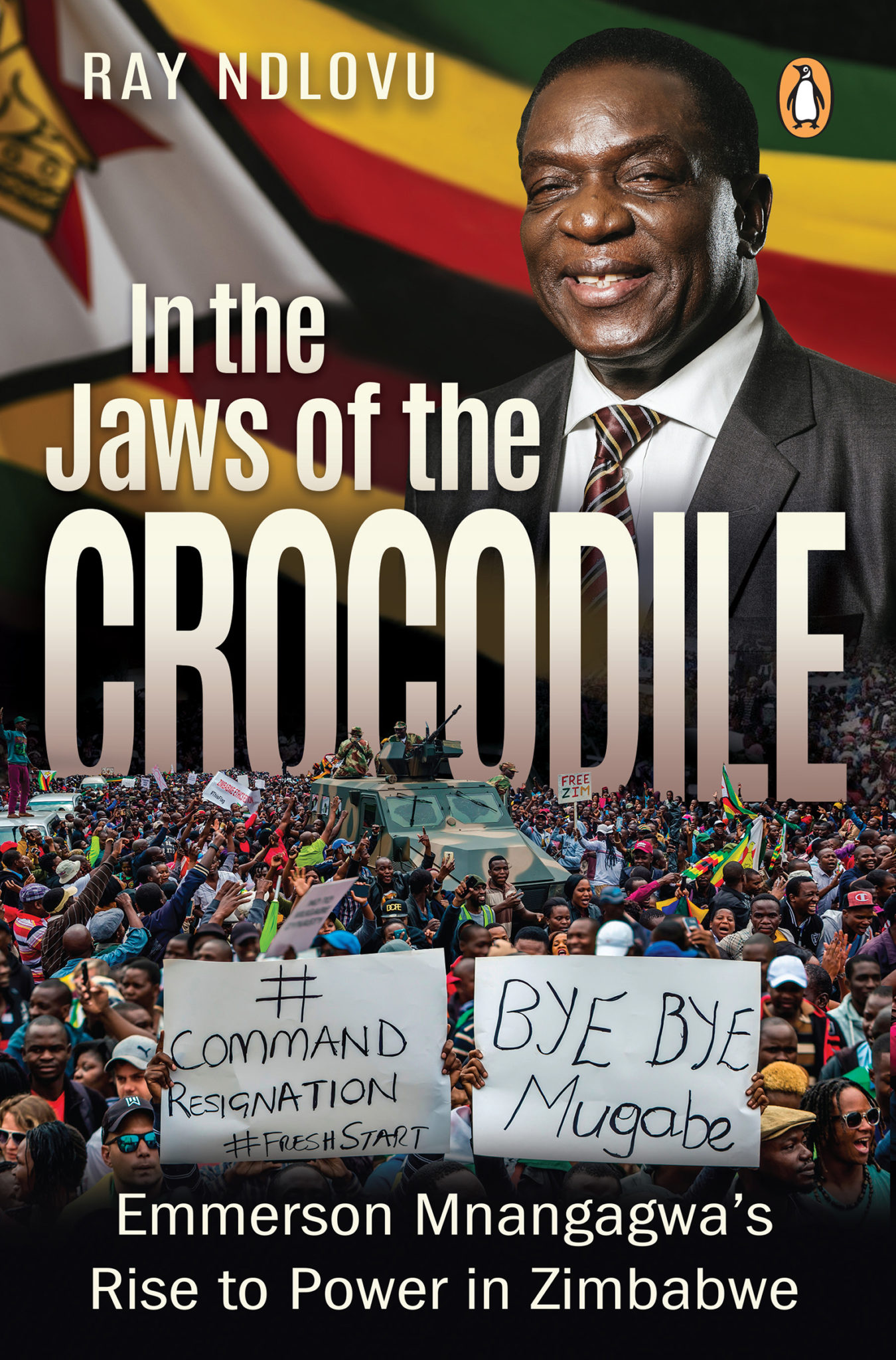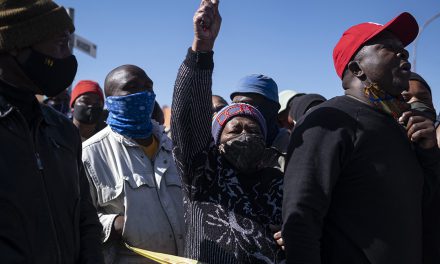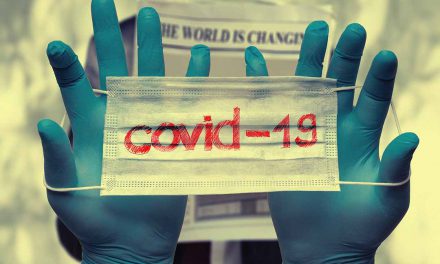May 2023 marked five years since the largest and most expensive class action lawsuit in South African legal history was brought by mine workers against six mining companies operating in South Africa. The lawsuit was for compensation for having contracted silicosis or tuberculosis from March 1965 to December 2019.
A landmark settlement of R5 billion was reached, to be paid out over 12 years to affected miners and their families by the six mining companies: African Rainbow Minerals, Anglo American, AngloGold Ashanti, Gold Fields, Harmony, and Sibanye-Stillwater.

Gold mine shaft in Theunissen, South Africa, 2018. Photo by GIANLUIGI GUERCIA / AFP
In February 2020, the Tshiamiso Trust was set up in terms of the settlement with a mandate to ensure that affected miners were well compensated. Mining Weekly reported in March this year that the trust paid the first R1 billion in benefits to more than 11,000 eligible families.
While this demonstrates significant progress made towards compensating affected miners and their families, it highlights some of the governance and related administrative challenges that have delayed the trust’s plan. Legacy issues of this magnitude spotlight the importance of adopting credible environmental, social and governance (ESG) practices in business decision-making processes.
It calls for mining companies to take ESG performance seriously and to be deliberate about mitigating such “above-ground” risks.
The establishment of the trust comes at a time when significant inefficiencies in the Occupational Diseases in Mines and Works Act compensation system have been exposed.
Some of the governance challenges include limited administrative capacity, inefficient employment records, difficulties in diagnosing silicosis and tuberculosis, and limited medical staff that have been stretched by the COVID-19 pandemic.
There is no formal limit to the number of people that the trust can compensate, having estimates of between 17 thousand to half a million potential claimants.
The trust initially piloted a few payments in December 2020 and in January 2021; claimants were able to lodge claims in 50 lodgement offices in mining centres and areas from which labour has historically been drawn: South Africa, Lesotho, Mozambique, Eswatini and Botswana.
Similarly to the Occupational Diseases Act compensation system, the trust is challenged by the remoteness of areas that send labour with poor and expensive transport, language and literacy barriers, and a poor state of medical and diagnostic services.
Additionally, logistical issues have included no phone or internet coverage and no access to information.
The combination of administration, staffing and travel difficulties was further exacerbated by the Covid-19 pandemic.
Because of historical negligence in health and safety provisions for mineworkers, the monumental task of implementing reform remains a work in progress.
The trust has partnered with government bodies and provincial health departments to access historical data, unabridged death certificates, post-mortem reports and medical records from clinics and hospitals.
Inevitably, the process requires a strong administration because most archives dating back to 1965 have not been digitised. As part of its mandate, the trust set time periods that include a 90-day period for beneficiaries to be added to claims and a 90-day allowance for certification by the agent who represents the mining companies.
With a lifespan of 12 years, a September 2022 Mail & Guardian report noted some of the limitations the trust has in terms of the time in which it can operate and the extent to which it can assist those seeking compensation.
More than 97,000 mineworkers and their families have lodged a claim at 51 sites. As a result, there is a backlog of about 35,000 claimants because there is a long delay during which the mines must check the record of service. Although the trust has said the process should take about 90 days, it has taken much longer.
The 2021-22 Thiamiso Trust report noted that about 60% of claimants have been certified as medically ineligible because they did not align with the complex medical eligibility criteria in place.
This has raised questions about misdiagnosed and incorrectly classified claims that end up being rejected without any external assessments or medical examinations from relevant medical practitioners.
This further demonstrates unrealistic timelines that were initially estimated by the trust and thus should be reviewed, along with some of the inefficiencies and gaps observed in the claims processes.
Inevitably, the effect of the COVID-19 pandemic further delayed the process in which lung function tests could be conducted because individuals’ test results could have been affected by their COVID-19 status.
The role of the Justice for Miners Campaign formed to advocate for miners has been integral in pushing the trust to effectively continue with the compensation programme.
With assistance from various funding partners such as the Open Society Institute of Southern Africa, The Ford Foundation and Oxfam South Africa, the Justice for Miners Campaign has been building up a civil society interface between mining communities and the trust through Chapters consisting of citizens and groupings, such as former miner organisations, church groups, women’s groups and student and university groups.
The Justice for Miners Campaign activists undertake extensive training, capacity building, induction and orientation of new team members.
These are some of the ways in which the campaign is able to fulfil its mandate. It has also pushed for stakeholder involvement and collaboration.
Although there have been improvements in reducing mine fatalities, the goal of “zero harm” is yet to be fully realised.
Clear intent in building strategic frameworks towards mitigating environmental, social and governance risk factors by mining companies is integral to achieving this goal.
This includes having a firm understanding and assessment of the operating environment, and being deliberate in how negative externalities are addressed as part of the business decision-making process.
Acting to internalise environmental and social costs will prevent mining companies from having to settle a R5 billion silicosis and tuberculosis lawsuit.
Negative legacy effects are essentially a function of neglected environmental, social and governance performance (not that it would always have been understood in those terms) that will inevitably harm the business’s profitability, sustainability and reputation.
This article first appeared in the Mail & Guardian.
Busisipho Siyobi is the Programme Head of the Natural Resource Governance Programme at GGA. Prior to joining GGA, she headed up the Corporate Intelligence Monitor desk at S-RM Intelligence and Risk Consulting. Busisipho holds an MPhil in Public Policy and Administration from the University of Cape Town with a research focus on CSR within the South African mining industry. During her Masters, she worked as a research scholar at the South African Institute of International Affairs.






